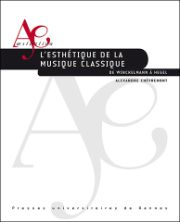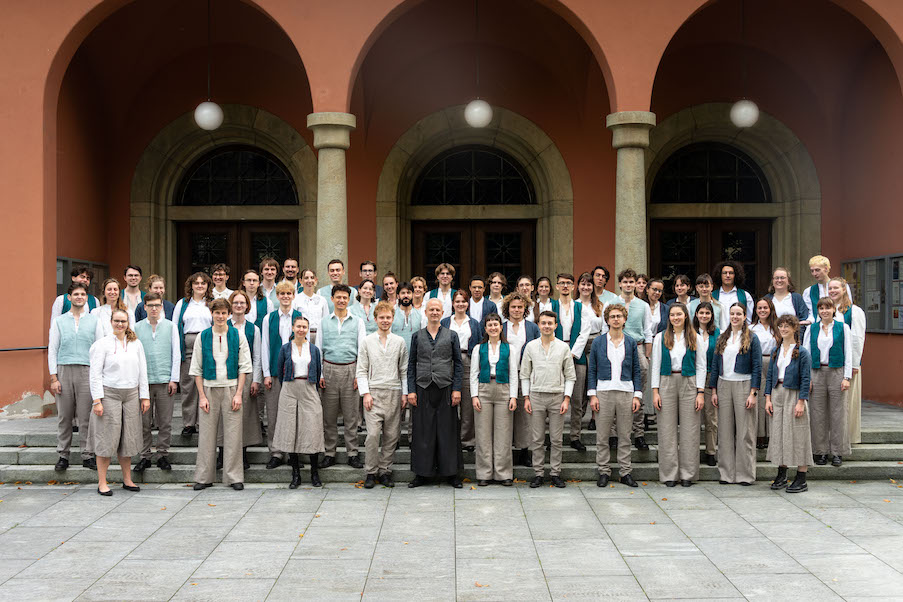The origins of classicism
In the German-speaking world, the origins of the concept of classicism in music cannot be separated from aesthetic and philosophical debates.

How was the notion of classicism in music forged, when Hoffmann considered Haydn, Mozart and Beethoven to be representatives of Romanticism, and Tieck, in 1799, wrote that music had "not yet known any truly classical periods"?
The history of aesthetic debates recounted in Alexandre Chèvremont's book begins with Winckelmann's inhibiting vision of the perfection of art in ancient Greek sculpture, an inaccessible model from which a more open conception of the term "classic" gradually freed us. After Lessing and Herder, who applied the notion of classicism to periods other than that of ancient Greece and to arts other than sculpture, the fundamental contribution of Kantian criticism of the faculty of judgment transformed this notion: the ideal of beauty is a matter for our own judgment, and is not bound to a particular era. The past is no longer a model, but an example enabling the creator to achieve autonomy.
Schiller felt that, since none of the arts could attain the ideal of beauty, their union could come closest. Early German Romanticism thus chose drama, overcoming the opposition between the ancient and the modern. Thus, for some, opera became the site of the search for perfect art. Wackenroder and Tieck, on the other hand, celebrated instrumental music as a means of revealing our inner feelings. As a language deeper and more subtle than poetry, it achieves perfection. With its abstraction of the voice, independent of the text and its surplus of expression, instrumental music becomes for them the true musical drama. For Hegel, on the other hand, non-vocal music hardly belongs in the realm of art, as the latter was already not very high in his esteem (according to him, philosophical discourse on aesthetics was of greater importance than art itself).
But the two figures most closely examined by the author of this book are Hoffmann and Amadeus Wendt. Of the former, he resituates differentiated thought, freeing it from later aesthetic positions that have distorted it through a partial, one-sided reading. As for the latter, he restores its importance in the philosophical debate on music: in 1836, in particular, he was the first to use the notion of classicism for the Viennese triad of Haydn, Mozart and Beethoven.
We also come across Rousseau - the only non-German thinker to be cited in this study - the Schlegel brothers, Wagner and Hanslick, as well as Fichte, Schelling and Novalis, and the more recent Dahlhaus, Eggebrecht and Rosen.
Alexandre Chèvremont, The aesthetics of classical music. De Winckelmann à Hegel, Collection Æsthetica, 296 p., € 19.00, Presses Universitaires de Rennes PUR 2015, ISBN 978-2-7535-4056-9









